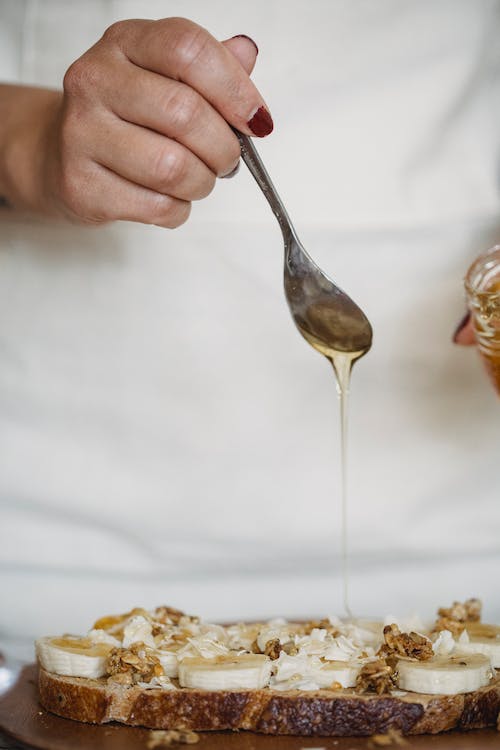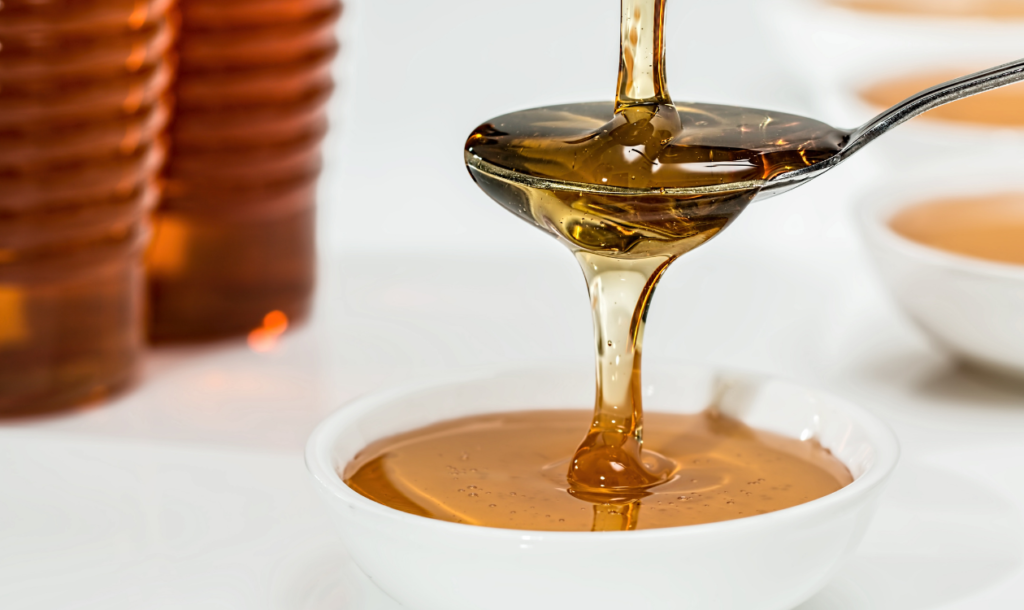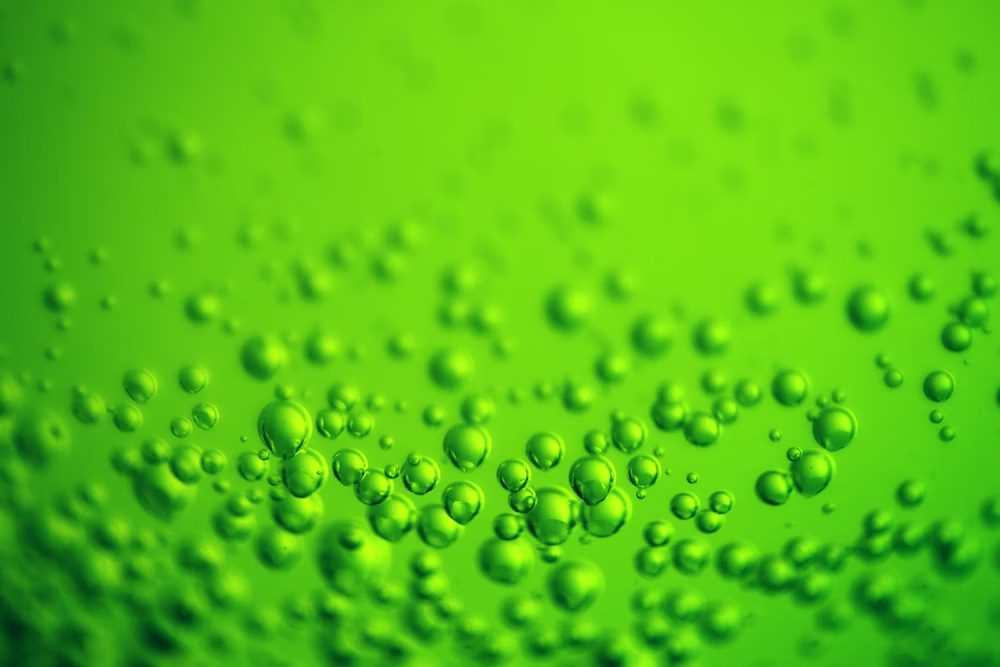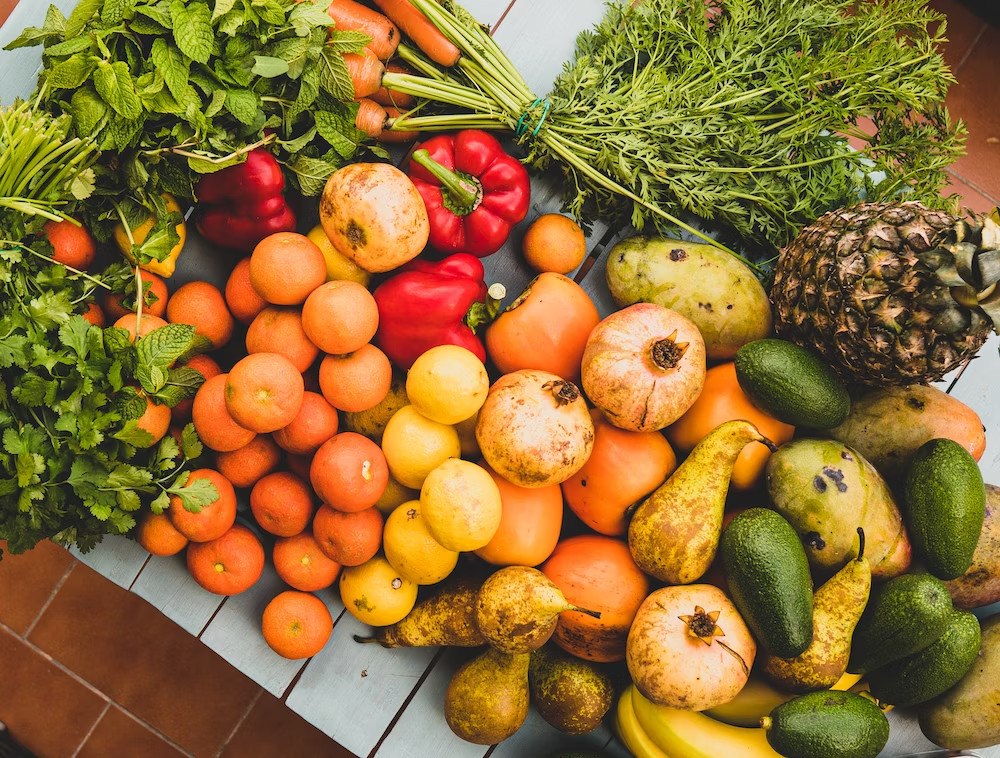


Fats have been misunderstood for long, despite the fact that they play a critical role in human health. In attempt to make up for the lack of flavor and texture due to the reduction of fat in numerous food products led to a large increase in the use of added sugar. This, according to experts, has played a significant influence in today’s increase in obesity.
All over the world, the use of added sugar and its various forms are widely criticized and properly so.
However, it has sparked debate about whether the fructose, a simple sugar, is healthy or bad for us. But let us not repeat the same error we made with fats and condemn fructose without first comprehending its effects.
The Effects of Fructose on Our Body

Every sugar we eat is either a single sugar molecule or a mixture of three sugar molecules: glucose, fructose, and galactose. Fructose, which may be found in vegetables, fruits, and honey, is not metabolised by the body like other sugars.
Glucose is an energy source that practically every cell can utilise. Whereas, Fructose must initially be subdivided by our liver cells before being turned to glucose.
As a result, when we consume fructose, our sugar levels in the blood do not rise as quickly as when we consume other simple sugars. Even diabetics may handle considerable quantities of fructose without compromising management of blood sugar levels because of this.
Because fructose is only present in small amounts in natural sources like vegetables and fruits, the possibilities of someone ingesting too much fructose are quite limited.
Is High Fructose Corn Syrup an option?
To improve the flavour of many food products, especially those labelled “low fat,” a blend of glucose and fructose, which is considerably sweeter than sugar, is used to flavor them. This combination is know as High Fructose Corn Syrup.
Because fructose is abundant in food items, one may take a considerable quantity of it in a short period of time – and because fructose is less filling than glucose, it’s simple to overeat fructose in these forms rather than entire fruits without noticing we’re full.
Once this occurs, the liver is unable to digest the fructose rapidly enough and instead converts it to fats. These fats are subsequently transported to the liver and deposited as triglycerides in the blood. To top it off, this mechanism results in the production of free radicals, which cause damage to our cells, proteins, and DNA.

Excessive intake of HFCS and many other sweeteners has been linked to high sugar in the blood, increased triglycerides, and weight gain, according to research. According to some studies, it may also stimulate our hunger and produce more ‘belly fat’ – the fat that covers our organs in the abdomen area – than glucose itself.
Obesity, insulin resistance, and cholesterol difficulties can all be caused by these disorders, which are the root causes of lifestyle illnesses including type 2 diabetes and heart illness.
When it comes to fructose, how much is too much?

As a general guideline, we should make sure that the food we consume is worthwhile the calories we are taking. The nutritional value of a food determines its worth; foods that are rich in calories might also be rich in many nutrients.
However, when we pick foods that are rich in calories but poor in nutrients (such as sugary sodas), we should be concerned.
What complicates matters is the intake of foods that appear to be healthy (and are frequently advertised as such), but aren’t necessarily.
Fruit juices are an excellent example. Let’s take a look at a glass of orange juice to see why.
A whole orange (not the juice) has around 62 calories, 12 gms of sugar, and 3 gms of dietary fibre. A 250-gram glass of freshly squeezed orange juice, on the other hand, has 112 calories, 21 gms of sugar, and 0 gms of nutritional fibre.
Because the juice was made from more than one orange and contains very little dietary fibre to slow the digestion of the sugars, the quantity of fructose in it is higher than in the whole orange. Dietary fibre is known to lower triglycerides and LDL in the bloodstream, among other things.
The nutrients known as ‘flavonoids’ are also missing from freshly squeezed orange juice since they are lost when the pulpy white section of the orange is removed. These flavonoids, on the other hand, operate in tandem with the vitamin C content in oranges to benefit human health.
Packaged variants, particularly those containing HFCS, are considerably worse since they contain even more sugar – and hence more calories – while also containing fewer vitamins and minerals.
So, how should we proceed?
A) Not so sweet

We may replace non-nutritive sweets, such as desserts, with nutrient-dense sweets, such as fruits. Sugar cravings are thought to be reduced by limiting the quantity of added sugars and artificial sweeteners in the diet for individuals who are addicted to sugar.
However, fully eliminating carbohydrates is not advised; fruits, vegetables, and whole grains provide us with vitamins, minerals, and other components that are extremely important to our health.
B) Sugar and sugar-sweetened foods should be consumed in moderation

According to the World Health Organization (WHO), added or ‘free’ sugars should account for just 5% of our daily calorie consumption, or around 5-6 teaspoons (25g) for women and 7-8 teaspoons (35g) for men.
A can of fizzy drink contains roughly 9 teaspoons of sugar. It’s simple to understand how people may quickly exceed or even above the daily recommended sugar intake, and why sugar is considered an excess in today’s diet.
C) Increase the amount of dietary fibre in your diet

Dietary fibre, as we saw with orange juice, can help to mitigate the negative effects of sugar.
Indians eat roughly half the amount of fibre that we should eat, according to statistics. Adults should consume between 25 and 40 gms of dietary fibre each day, yet most of us don’t even come close to meeting that goal.
Fibre-rich foods, which contain roughly 1 to 3 gms of fibre per cup, should be included in our diets on a regular basis. Whole grains, legumes, dried fruits, seeds, and various fruits and vegetables are among them. Fiber pills and meals enriched with fibre are other excellent ways to meet the necessary fibre consumption.
Following these three stages will not necessitate a major shift in one’s daily routine; rather, it will necessitate little alterations to allow for improved practices and, eventually, a healthier existence.
In our practice we have observed that the people are able to get desired result by implementing health practices under the guidance of a qualified nutritionist as they guide and motivate them throughout the journey. Also they have a sense of accountability towards themselves and their coach alike.
Connect with us on +91-9743430000 to speak to an expert nutritionists and know more about customized nutrition plan for your better health.
©2023 All Rights Reserved Ryan Fernando. Designed and Developed by Floral Web Services